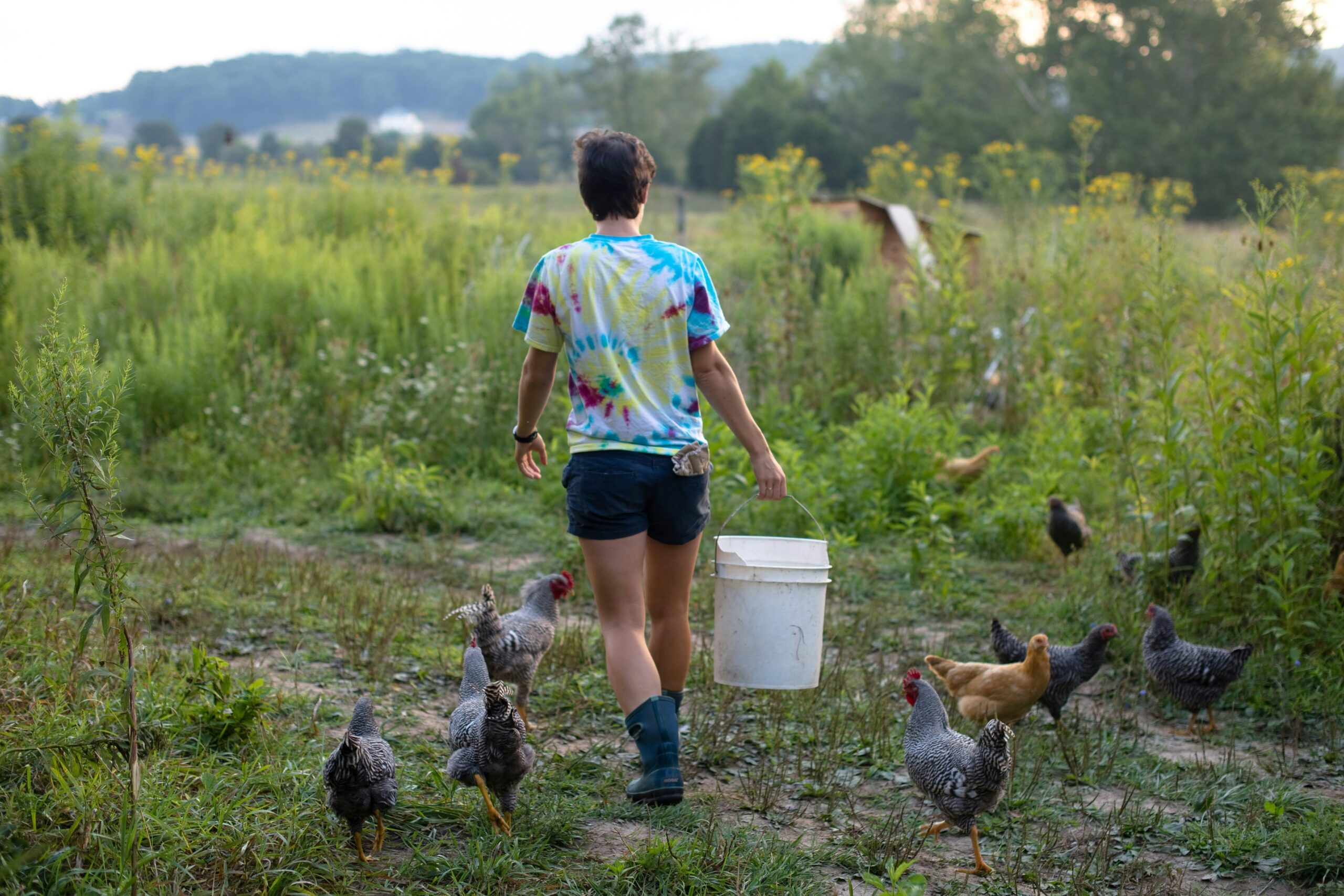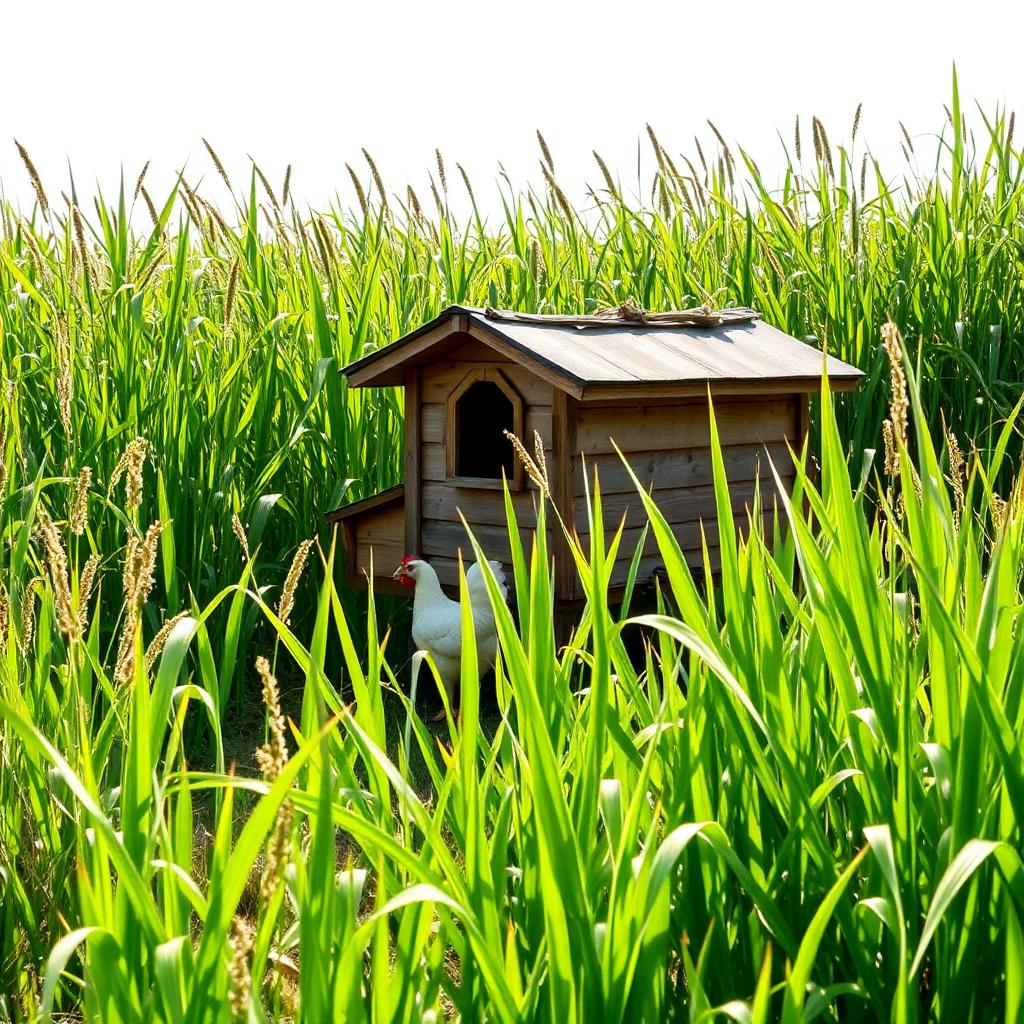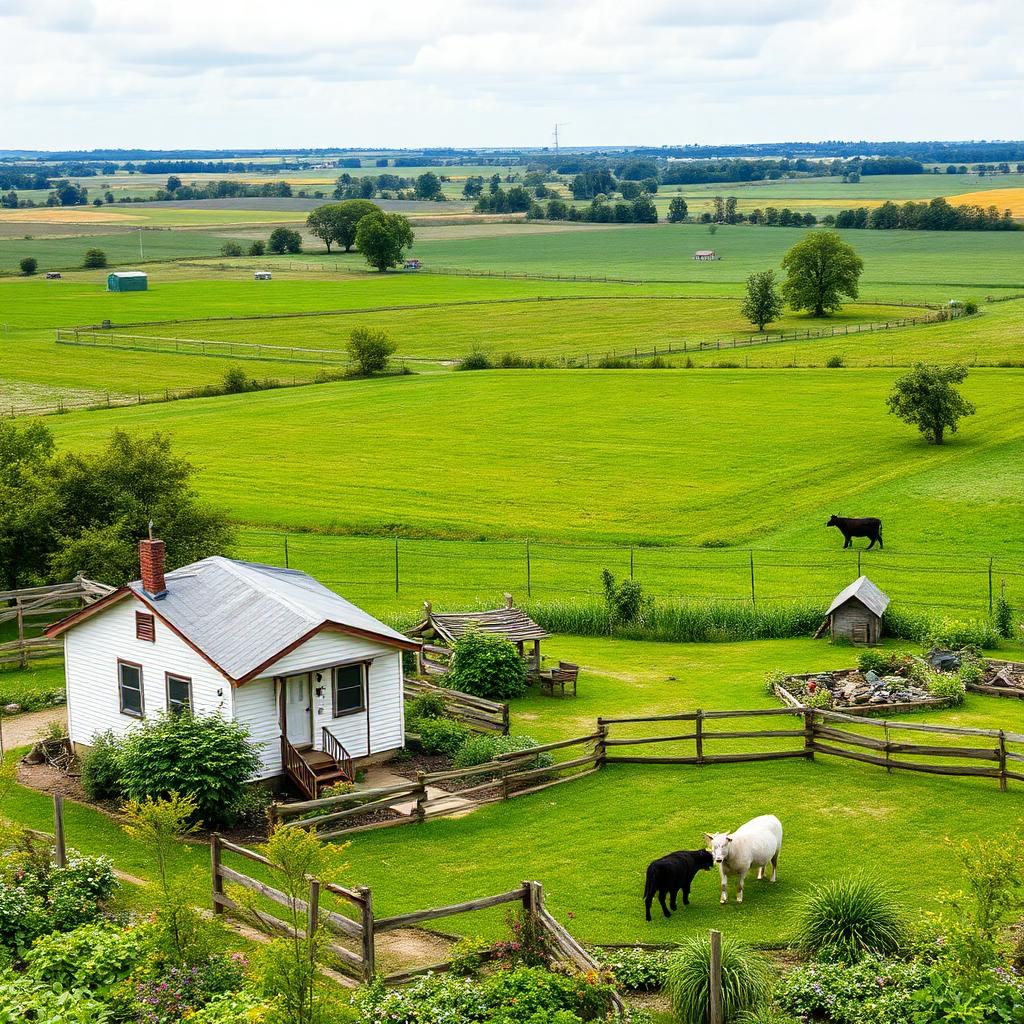In today’s world of instant gratification and automation, “built, not bought” is a refreshing concept that promotes self-reliance, making and a deep connection with our resources and our world. Coupled with the homesteading movement, the “built, not bought” philosophy inspires individuals and families to take control of their lives and create, grow, and build their way to a more self-reliant, meaningful existence.
The Essence of “Built, Not Bought
Essentially, “built, not bought” is about the value of creation over consumption. It’s understanding that real satisfaction is often derived from tangible effort – empowering yourself in the form of building a piece of furniture, growing your own food, or creating a house that relies less on the Internet of Things. Building a “built, not bought” lifestyle helps develop a sense of independence, resilience, and satisfaction that a mass-produced item will never provide.
The Homesteading Connection
Homesteading, which has historically been associated with gaining ownership of land (often with a definition of being self-sufficient), is a perfect fit. Now, homesteading can also mean building your life as a “homesteader” – planting gardens, raising animals, building barns or greenhouses, and developing skills that lead to being as self-sufficient and reliant on the land as possible.
This movement isn’t only about sustainability, it is also about taking back control of what we consume and how we live on a daily basis. In a way, homesteading changes the process of “buying” to “building” — making from scratch instead of buying a ready-made solution.

Building Skills and Knowledge
One of the best benefits of the homesteading perspective “built, not bought” is that you are learning, building, and mastering skills that allow you to take more control of your life. Take gardening, for example. Gardening is not just throwing seeds in the ground, but considering soil health, crop rotation, pest management, and harvesting. Likewise, you must know and be prepared to care for livestock, which takes education, time, patience, and commitment.
Homesteading, when done actively instead of passively, gives us a glimpse of what it takes to produce our food and resources, and helps us appreciate, manage, and harvest our resources. It gives us a certain level of resilience against the economy and market volatility and an increased sense of sustainability. The pandemic has shown us the store shelf emptiness, whether consumer-based or price-based.
Creating a Sustainable Lifestyle
Homesteading is inherently sustainable. Whether you are building your own compost or your own clothes, whether you are making your rainwater catchment system or adding solar panels, every building project decreases reliance on others and decreases impact on the environment.
The mindset of “built, not bought”, exemplifies a lifestyle where sustainability isn’t just a word on the wall but part of everyone’s daily rigour. A lifestyle that values repurposing, repairing instead of recycling, and innovating solutions for you in your environment.
The Joy of Doing It Yourself
There is a deep satisfaction that comes from building something with your own hands. Whether it’s building a piece of furniture from reclaimed wood or breaking bread with your own freshly fermented bread, these activities cultivate patience, deliberateness, and pride.
Homesteaders speak often of the healing effects of working with nature and making something that is physical. In our culture, speed is the way to produce material items, but making something yourself slows you down, reconnects you with the rhythms of nature and life, and provides balance for the overwhelming onslaught of digital produce.
Challenges and Rewards
Of course, there are some downsides of taking the “built” approach. Typically, there is some time and effort involved, and often a steep learning curve. You need to “build,” or develop from the ground up, and that can be labor intense and sometimes expensive. However you choose to build, there is no denying the fact that once built, the future benefits of being more self reliant, saving money, personal development, and the planet benefit, make it worth it in the long run.
As homesteaders develop this skill set, they will, in the future, have the ability to be much more autonomous in how they respond to situations. They will be thinkers, makers, innovators, and stewards of their land and resources.

Building a Community
Though this philosophy stresses individual action, it also builds community. Contributing skills, seeds, tools, and knowledge means a community is much more resilient. Many homesteading communities hold workshops, seed swaps, and share in cooperative projects that further express the “built, not bought” ethos.
During a time when global systems can feel shaky or disconnected, forging local networks of resource-fullness and support reinforces our ability to create and sustain a shared way of life.
Final Thoughts
What does “built, not bought” really mean? At its core, it is a life philosophy and a mindset, and especially with homesteading, it provides an intentional way of living. This mindset emphasizes craft, sustainability, and self-reliance. When you build—whether growing food, doing repairs, or creating homegrown solutions—you reclaim responsibility for your resources while also growing a deeper relationship with your environment.
In such a world of mass production and instant gratification, the built mentality has the potential to be life-changing. It can remind us that the most valuable things in life come from our hands and hearts. Homesteading exemplifies this lifestyle beautifully, developing a way of life that nurtures our bodies and minds, built, not bought.




Leave a Reply